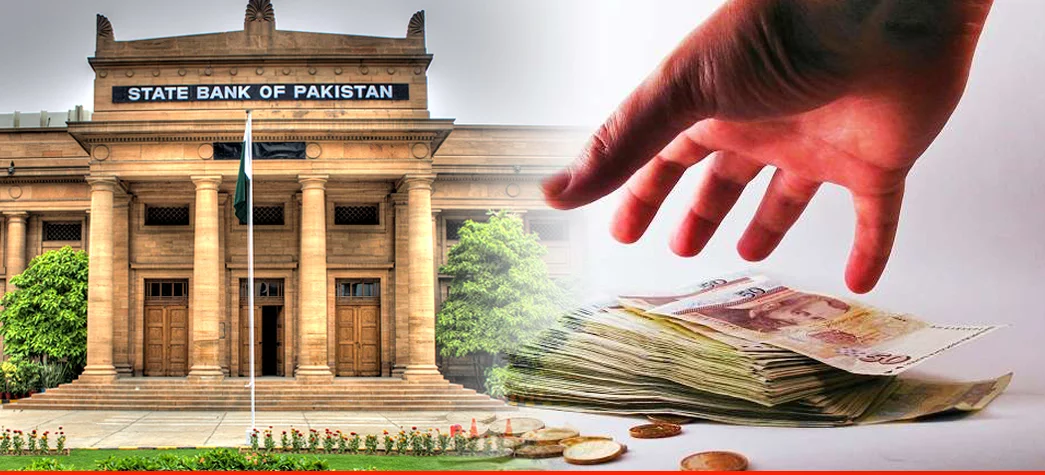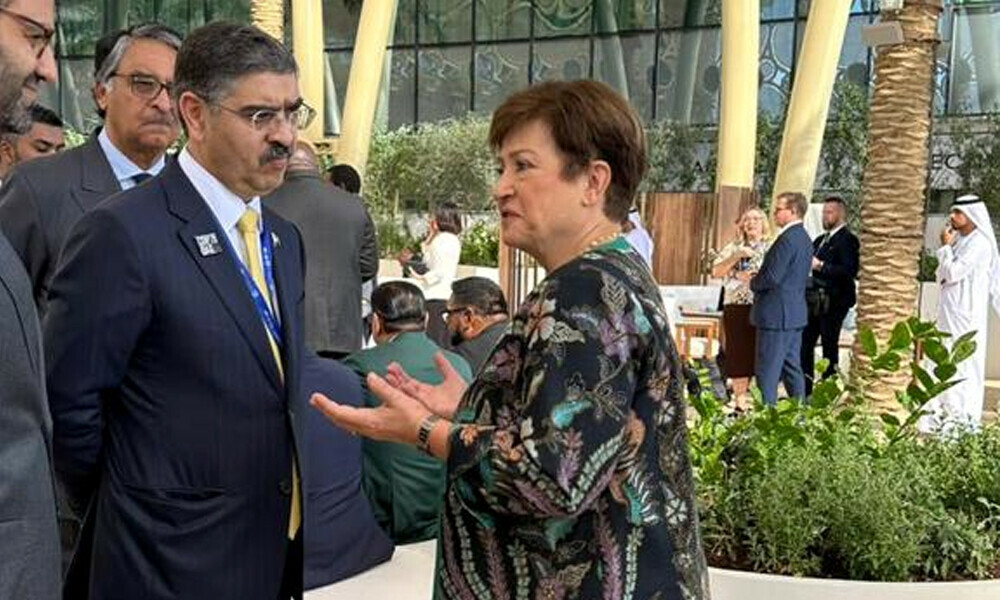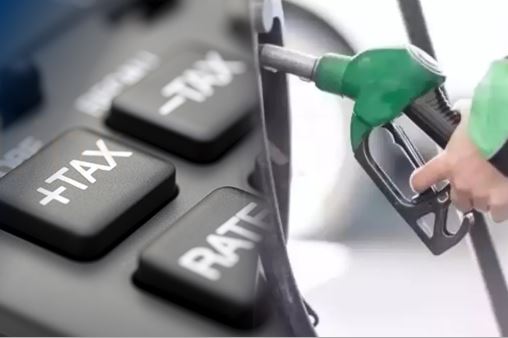Mohsin Siddiqui (Chief Reporter)
The State Bank of Pakistan (SBP) has bought over $2 billion from the interbank market in the past seven months to retain official foreign exchange reserves at their current levels and offset the impact of low disbursements of foreign loans. These purchases have helped the country achieve targets set by the International Monetary Fund (IMF) regarding net international reserves (NIR) requirements and forward swaps.
Despite the major buying from the market, the rupee-dollar parity has remained stable, with the local currency strengthening to around Rs279 to a dollar. The central bank avoids responding to questions about the sale and purchase of foreign currency.
The purchases have offset the impact of the shrinking window of external borrowings. Had these purchases not been made, foreign currency reserves would have slipped to below $6 billion, and the rupee would have started depreciating.
The SBP has met the IMF target of lowering the forward swap position to $3.45 billion by the end of December and has also been comfortable against the IMF target of NIR. The global lender has set the condition that the government’s net reserves should not be negative by more than $13.4 billion in the first half of the fiscal year.
The IMF’s projection of keeping the gross official foreign exchange reserves to $8.2 billion by the end of December has also been met. The reserves remained at $8.3 billion by end-December.
During the first half of Pakistan, the federal government repaid $3.2 billion in foreign debt and secured the rollovers of another $4 billion from Saudi Arabia and China. Despite these payments, Pakistan’s external debt and liabilities increased to $131.2 billion by end-December, according to the central bank data.
Pakistan is now trying to secure a rollover of $2 billion in Chinese debt maturing on March 23rd. The country’s current reserves position does not support making these payments, and there is no option but to get the loans rolled over again.
Three weeks ago, Prime Minister Anwaarul Haq Kakar wrote a letter to Li Qiang, the Chinese premier, requesting him to rollover the debt. Pakistan is paying a 7.1% interest rate on this $2 billion Chinese loan.
Another loan payment of $1 billion on account of Eurobond is maturing in mid-April that cannot be rolled over.
The IMF has assumed the average exchange rate at Rs300 to a dollar by June – an assumption that is unlikely to be true if the central bank keeps buying dollars from the market to cushion the reserves.
The last IMF report stated that the wedge between the interbank and open market exchange rates has narrowed, and the money markets have adequate liquidity. Reforms of exchange companies introduced in early September, coupled with measures against illegal foreign exchange activities, also helped improve market sentiments and liquidity.
During the first seven months of the fiscal year, the country had booked a trade deficit of $19.6 billion on the back of a 14% reduction in imports. The imports during this period remained at $36 billion as against $16.5 billion of exports.
Since June 2019, Pakistan has adopted a market-based flexible exchange rate system, where the exchange rate is determined by market demand and supply conditions. However, there have been instances when the central bank also pumped dollars to stabilize the exchange rate during periods of uncertainty.
The higher purchases and meeting the external sector-related targets may help completion of the next program review that carries the bonanza of the $1.2 billion loan tranche. However, the IMF is keen to negotiate the last tranche with an elected government.




